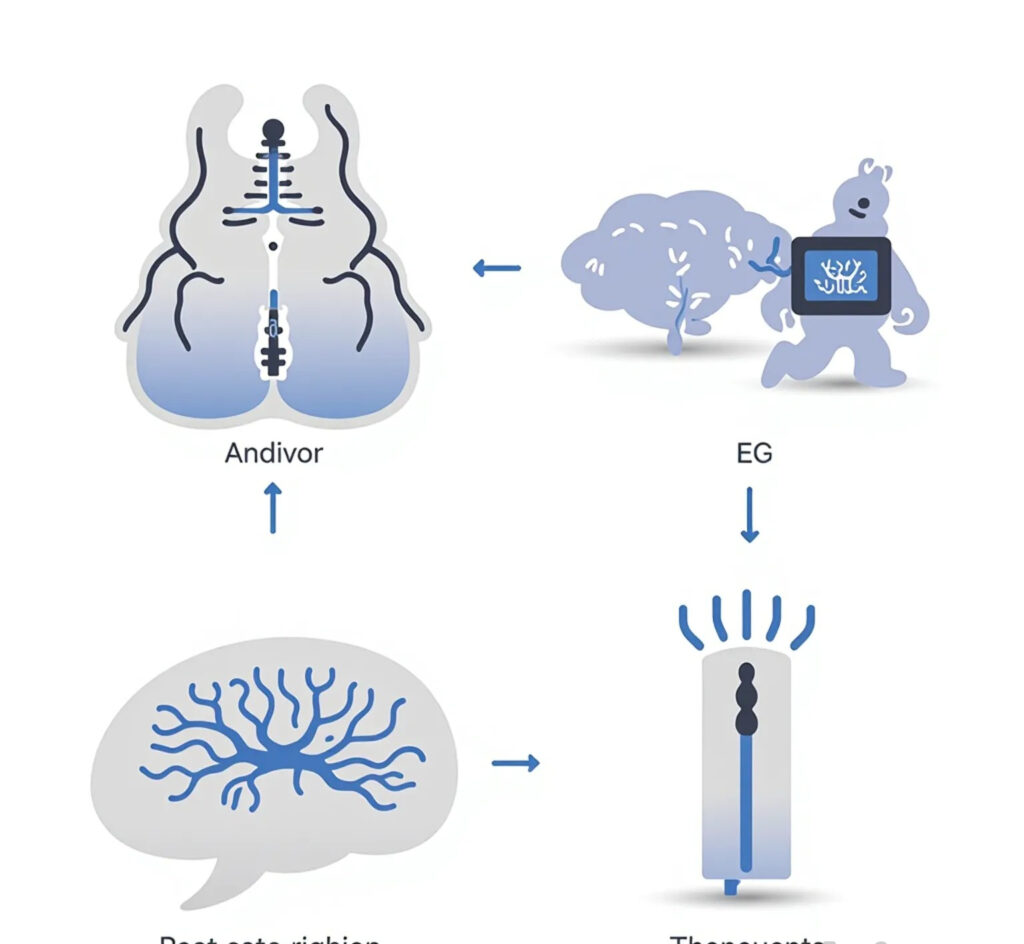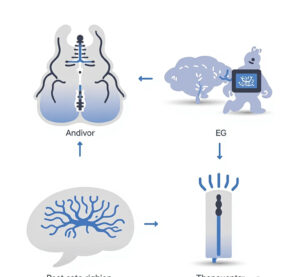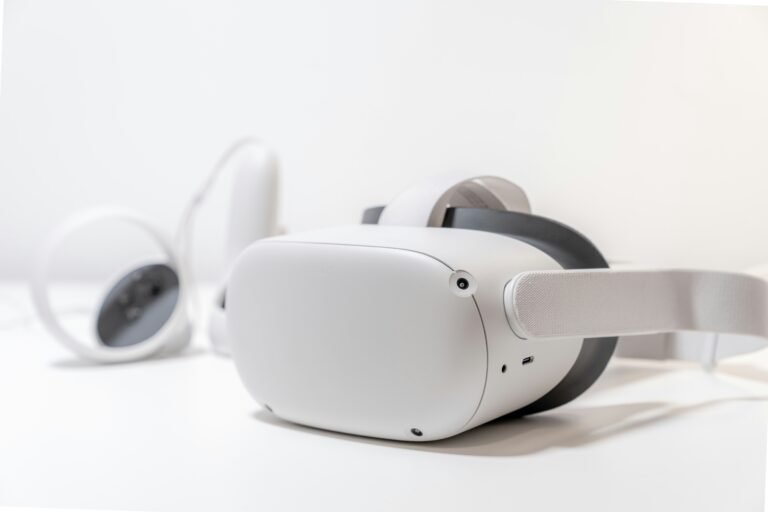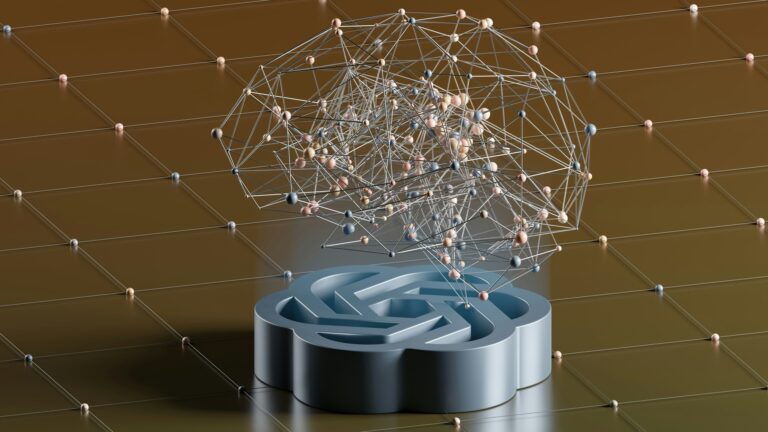
Introduction
Imagine a computer that learns and adapts like a human brain, solving complex problems with remarkable efficiency while using minimal energy. This is the promise of neuromemristive systems, an innovative technology that blends the principles of neuroscience with advanced electronics. By mimicking the brain’s neural networks using memristors—tiny components that “remember” electrical states—these systems are paving the way for smarter, more energy-efficient devices. This article explores what neuromemristive systems are, how they work, their real-world applications, current trends, and their potential to transform technology, all presented in a clear and engaging way for everyone to understand.
What are Neuromemristive Systems?
Neuromemristive systems are advanced computing architectures that combine neuromorphic computing—mimicking the brain’s structure and function—with memristors, a type of electronic component. Memristors, short for “memory resistors,” are unique because they can retain a “memory” of the electrical charge that has passed through them, enabling them to act like synapses in the human brain. These systems aim to replicate the brain’s ability to process information efficiently, learn from experience, and adapt to new tasks.
Key Components
- Memristors: Tiny circuit elements that adjust their resistance based on past electrical activity, mimicking synaptic connections.
- Neuromorphic Architecture: Hardware designed to emulate neural networks, processing data in parallel like the brain.
- Spiking Neural Networks (SNNs): Software models that mimic how neurons communicate via electrical spikes, enabling learning and adaptation.
For example, just as your brain learns to recognize a friend’s face over time, a neuromemristive system can learn to identify patterns, like objects in images, by adjusting its memristive connections.
How Neuromemristive Systems Work
Neuromemristive systems operate by integrating memristors into neuromorphic hardware to process data in a brain-like manner. Here’s a simplified overview:
- Data Input: The system receives input, such as sensor data or images, similar to how sensory information enters the brain.
- Memristive Processing: Memristors, acting as artificial synapses, adjust their resistance to represent connections between “neurons” in the system, enabling pattern recognition or decision-making.
- Parallel Computation: Unlike traditional computers that process data sequentially, neuromemristive systems handle multiple tasks simultaneously, mimicking the brain’s parallelism.
- Learning and Adaptation: Through techniques like spike-timing-dependent plasticity (STDP), the system strengthens or weakens memristive connections based on input patterns, enabling learning.
- Output: The system produces results, such as classifying an image or controlling a device, based on its learned patterns.
For instance, a neuromemristive system in a smart camera could learn to detect specific objects, like a pet, by adjusting its memristors without relying on power-hungry cloud servers.
From breaking news to market moves — timing is everything. Learn how to trade with precision.

Real-World Applications of Neuromemristive Systems
Neuromemristive systems are still in the early stages but show immense potential across various fields due to their efficiency and adaptability.
Artificial Intelligence and Machine Learning
Neuromemristive systems enhance AI by enabling low-power, on-device learning. For example, they could power edge AI devices, like smartphones, to process voice commands locally, reducing latency and improving privacy compared to cloud-based AI.
Robotics
Robots equipped with neuromemristive systems can adapt to dynamic environments. For instance, a robotic arm in a factory could learn to handle new objects without reprogramming, mimicking how humans learn through experience.
Healthcare
In medical devices, neuromemristive systems could analyze biosignals, like brainwaves or heart rates, in real-time. Wearable devices with these systems might detect early signs of neurological disorders, such as epilepsy, by recognizing abnormal patterns.
Autonomous Vehicles
Neuromemristive systems could process sensor data in self-driving cars, enabling faster decision-making for navigation or obstacle avoidance. Their low power consumption makes them ideal for energy-constrained vehicles.
Internet of Things (IoT)
Neuromemristive systems enable smart IoT devices, like home sensors, to process data locally with minimal energy. For example, a smart thermostat could learn a household’s temperature preferences and optimize energy use without cloud connectivity.
Current Trends in Neuromemristive Systems
As of June 2025, neuromemristive systems are advancing rapidly, driven by research and growing interest in brain-inspired computing. Here are key trends:
Advanced Memristor Materials
Researchers are developing new materials, like hafnium oxide and transition metal oxides, to create more reliable and scalable memristors. These improve the performance and durability of neuromemristive systems for commercial use.
Integration with Edge Computing
Neuromemristive systems are being tailored for edge devices, enabling AI processing on low-power devices like wearables or drones. Companies like Intel are embedding memristive technology in their Loihi neuromorphic chips.
Hybrid Neuromorphic Systems
Combining memristors with traditional CMOS (complementary metal-oxide-semiconductor) technology creates hybrid systems that balance performance and compatibility. This trend accelerates adoption in existing hardware ecosystems.
Energy Efficiency Focus
Neuromemristive systems are gaining attention for their low power consumption, aligning with sustainability goals. They could reduce the energy demands of AI, which currently consumes significant resources in data centers.
Neuromorphic AI Algorithms
Advances in spiking neural networks and brain-inspired algorithms are optimizing neuromemristive systems for tasks like image recognition and natural language processing, rivaling traditional AI with less energy.
Benefits of Neuromemristive Systems
Neuromemristive systems offer compelling advantages:
- Energy Efficiency: They consume significantly less power than traditional computing, ideal for battery-powered devices.
- Real-Time Processing: Parallel processing enables fast, on-device decision-making.
- Adaptability: Systems learn and adapt without extensive reprogramming, mimicking human learning.
- Scalability: Memristors are compact, enabling integration into small devices like wearables.
- Privacy: Local processing reduces the need to send sensitive data to the cloud.
Challenges of Neuromemristive Systems
Despite their potential, neuromemristive systems face hurdles:
- Technical Complexity: Designing and manufacturing reliable memristors is challenging due to variability in materials.
- Scalability Limits: Current systems are not yet scalable for large, complex tasks compared to cloud-based AI.
- Development Costs: Research and production of memristive hardware are expensive, slowing commercial adoption.
- Software Maturity: Neuromorphic algorithms, like SNNs, require further development to match traditional AI’s versatility.
- Integration Barriers: Combining neuromemristive systems with existing technology ecosystems demands significant engineering effort.
Addressing these challenges requires continued research, investment, and collaboration across academia and industry.

The Future of Neuromemristive Systems
Neuromemristive systems hold immense promise for the future. By 2030, experts predict:
- Ubiquitous Edge Intelligence: Everyday devices, from phones to appliances, will use neuromemristive systems for smart, low-power AI.
- Healthcare Breakthroughs: Brain-inspired systems will power advanced diagnostics and personalized treatments.
- Sustainable Computing: Their energy efficiency will reduce the environmental impact of AI and IoT.
- Human-Machine Integration: Neuromemristive systems could enhance brain-computer interfaces, enabling direct communication with devices.
Investment in materials science, algorithm development, and accessible hardware will unlock these possibilities.
Conclusion
Neuromemristive systems are revolutionizing technology by mimicking the brain’s efficiency and adaptability. From powering smarter robots to enabling low-energy AI on edge devices, their applications are vast and growing. As trends like advanced materials, edge integration, and energy efficiency drive progress, these systems promise a future where computing is faster, greener, and more intelligent. By overcoming challenges like scalability and cost, neuromemristive systems can transform industries and daily life, bringing us closer to a world where technology thinks and learns like we do.



